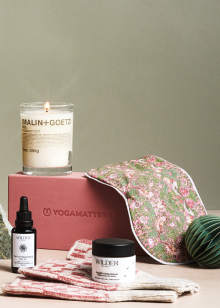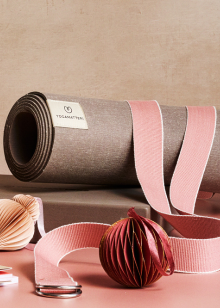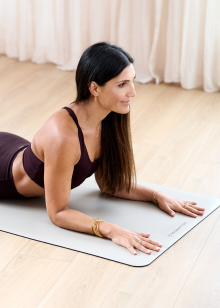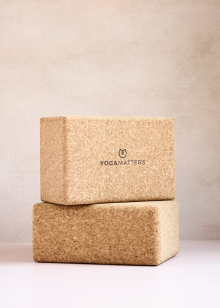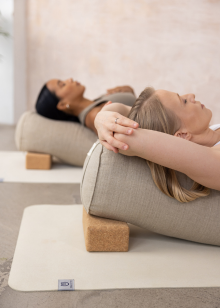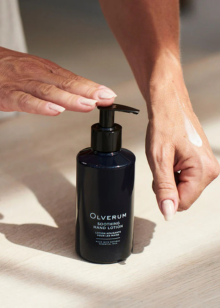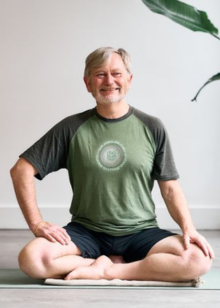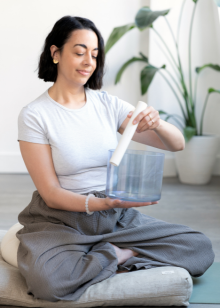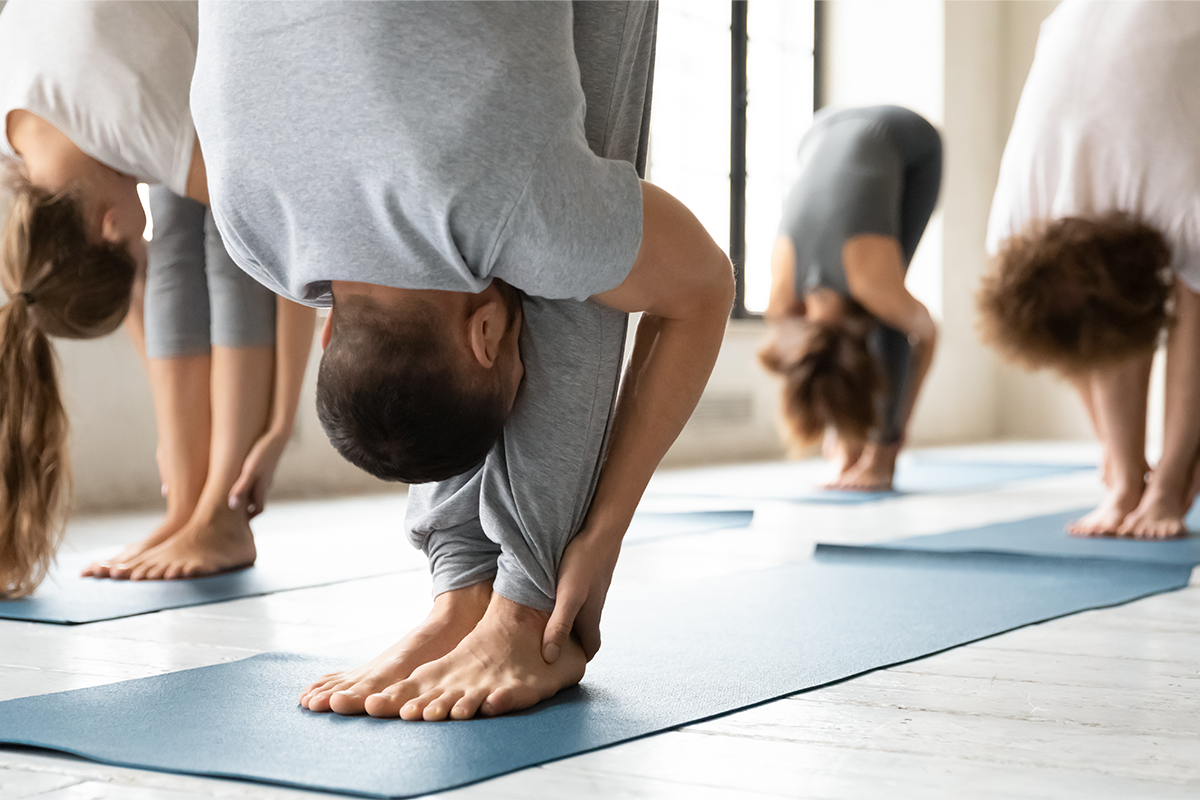Starting out as a yoga teacher
It can be daunting knowing where to start your career as a yoga teacher, especially now the UK is saturated with so many good teachers. Perhaps you have just attained your 200-hour teaching certificate and want to start sharing your gift immediately, or maybe you have been qualified for a while but are ready to up your game with some more classes. This blog series, written by Sarah Dean (a marketing consultant and yoga teacher), aims to give you the fundamentals of marketing most relevant to the yoga industry.
Research your yoga market
A marketing strategy aims to drive awareness and then custom to your business. But before you can start to plan your activities you need to decide on who you are targeting and exactly what you are best targeting them with, this is known as market research.
You can do some basic profiling of who lives in your area through a quick Google search which will usually find data summarised from the most recent census or local surveys. For example, by searching for “market demographics of Southfields in London” I can quickly see the average age of the 16,256 population there is 34. This is very different to when I Google a village in Buckinghamshire, where the population is 400 and the average age is over 60. Both of these areas will include potential students but the biggest opportunities in each will be different. Next you can go more granular with this analysis simply through conducting your own local research. For example, are there lots of Mum and baby groups in the area? If so, it makes sense to assume there is a captive market for pregnancy or postnatal yoga.
The next step is to research what your fellow yogis are already doing in the area. Who is offering yoga classes and in which styles? At what price and times on which days? This will give you a good idea of where the gap in the market is. Setting up a vinyasa flow class on a Wednesday evening will be harder to fill if there are already two to choose from in the local area, but perhaps there is a gap on a Friday evening for some slow flow vinyasa or yin for those who want to wind down after a busy week at work. Try to identify what need you are fulfilling for people in the community.
If you want to stick with your preferred style of yoga there are always ways to find a niche in a busy market. For example, there may be plenty of hatha classes in the area but does anyone offer hatha yoga for runners? This will target a subsection of the market and may appeal more to those who want something that will specifically benefit them. Obviously, you need to ensure there is a decent sized running community in your area first, so researching local running clubs is also essential.
Finding a niche like this, or Unique Selling Point (USP), can be an extremely helpful way to help your classes stand out. Is there something else you do in life already that could inform this? Even if you simply work in an office, you could tailor your classes to people who spend a lot of time sitting at a desk all day.
If you already run a couple of yoga classes and have a captive audience then this is invaluable and you should use them as a key source of your research. Perhaps set up and email your own questionnaire for free using Google Forms. This could easily be printed out if you wanted to distribute the survey in person instead. Ask this audience what other classes they might be interested in and at what times. Perhaps you could even ask them what kind of workshops they would be interested in attending in the future and then use this information to help with your future plans.
Find a yoga class venue
Assuming you are planning to set up your own class, rather than working at a studio, you will need to find a venue. The venue can also become an asset for marketing itself if it allows you to place advertisements on its noticeboards or even hang banners on its railings for passers-by to see.
Another option, particularly in a crowded market, is to think outside the box a bit. Yoga teachers are running classes on rooftops and in the most inventive of spaces these days, all of which will draw an audience because it turns it into an experience. I live in Tooting where the undercover markets are very much a central hub to the community; full of little shops, bustling bars and restaurants. It was here, surrounded by local street art and fairy lights, that I decided to launch @market_yoga classes – I received a lot of support from the wonderful local community there too. Is there a venue in your town that is particularly sought after and loved that you could make use of?
With any venue you choose, make sure to work out how many people are needed to fit into the class each week in order to make it profitable for you. How much the venue charges will certainly have an impact on how much you need to charge your students. How much the other local yogis are charging and what stage you are at in your career will also have an impact on the cost. For more information on this, read our blog article “How can yoga teachers put a value on their time?”
In the warmer months it can be wonderful to run classes outside in a local park or common. This will save you some money on venue fees and perhaps attract more people but it also brings the added risk of cancellations due to unpredictable weather. Also, remember the outside space needs to be public otherwise you may actually need to pay to use it for commercial purposes.
Define your yoga brand
Now you have decided on your classes (the product), it’s time to think about how you’re going to brand the class on all the possible marketing platforms you might use. Here you can simply choose to go with a personal brand name such as ‘Yoga with Sarah’ or for a specific venue or project you may decide to set up something separate like the @market_yoga example given previously.
If you’re planning to set up a website and social media accounts, and I recommend that you do, then it’s worthwhile getting some photos taken so you have some imagery to begin with. Start to think about the kind of image you want to get across and the relevancy to your customers. Getting into Pincha Mayurasana (Feathered Peacock Pose) in your bedroom may not be the most accessible image to promote a beginner yoga class in the local park.
Finally, start to think about what kind of content you wish to create for your brand. You maybe very lineage driven and focus on alignment or traditional versions of the poses or maybe you want your brand to be as personal and authentically you as possible, throwing out the rulebook of perfect posts and pictures. The options are quite literally endless and be reassured that any angle you choose is OK.
Keep in mind that it’s absolutely normal to appeal to some people and not to others. It is impossible to please everyone for we are all individuals with our own preferences and tastes – you probably have your own favourite yoga teachers that you go to more often. Try to teach what you love, find out who likes it and then build on it from there.
